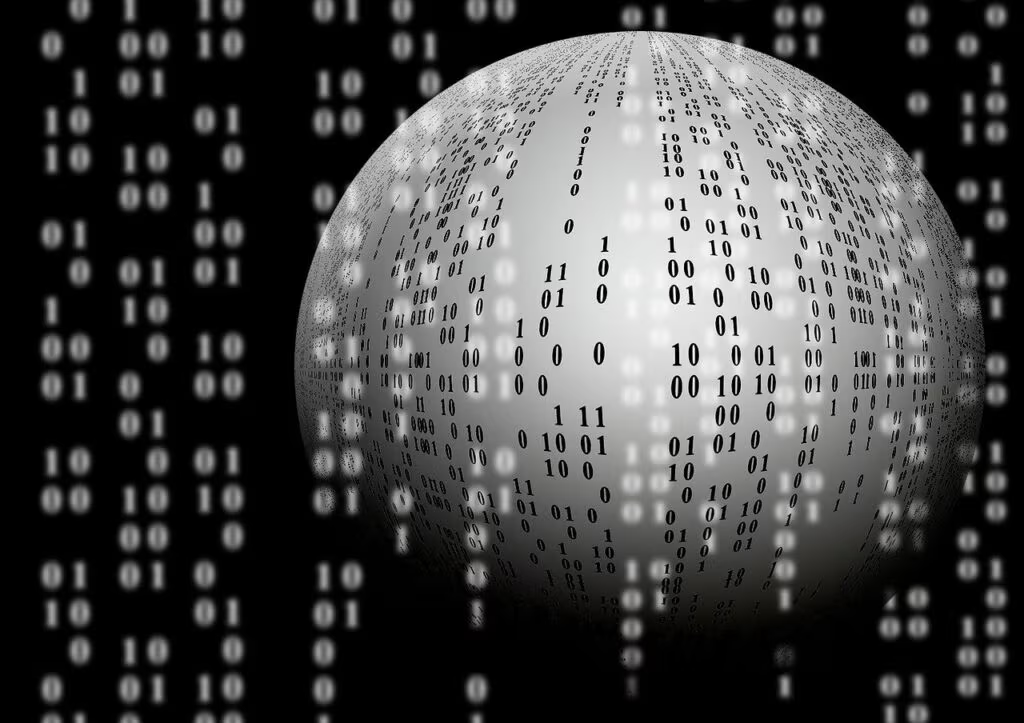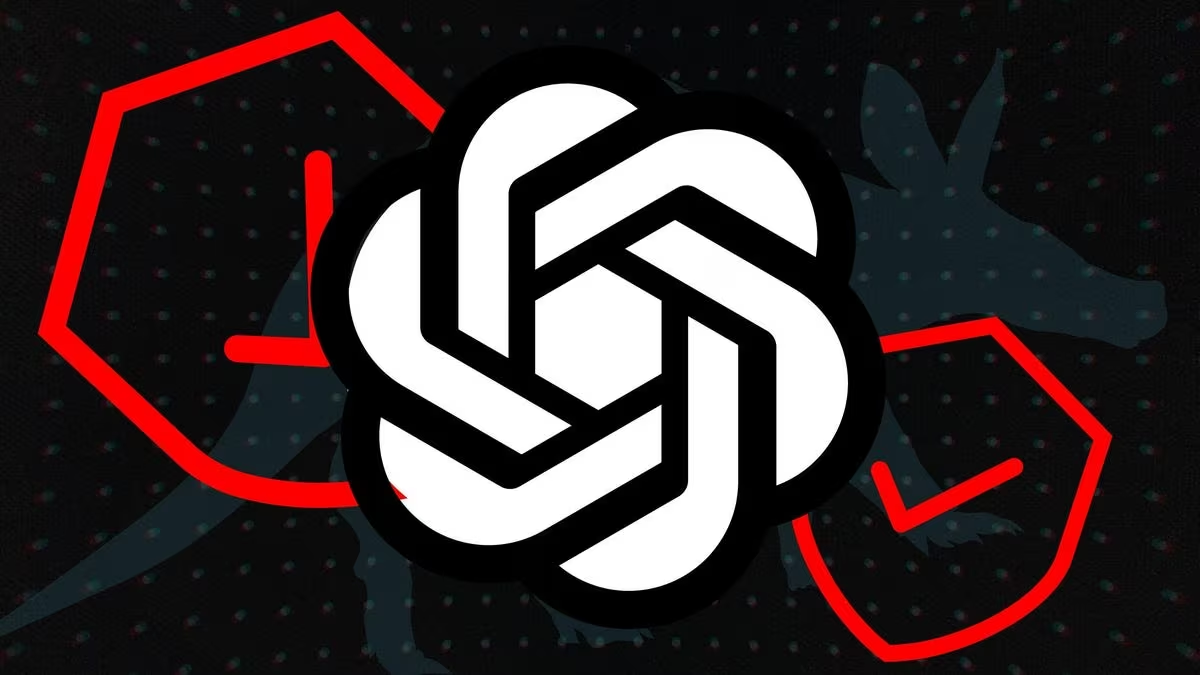OpenAI Introduces Aardvark: The GPT-5 Agent Designed for Autonomous Security Research
OpenAI has officially unveiled Aardvark, a highly advanced, fully autonomous agent dedicated to cybersecurity research. This initiative marks a significant step in applying cutting-edge artificial intelligence, specifically the power of the newly released GPT-5 large language model, to the critical domain of digital defense.
Aardvark is not merely a passive scanning tool; it is designed to function as an independent researcher, capable of identifying, analyzing, and reporting complex software vulnerabilities—including potential zero-day exploits—without constant human intervention. Its deployment signals a new era where AI moves from assisting security teams to autonomously performing high-level threat analysis.
The Mechanics of Aardvark: Beyond Simple Scanning
Aardvark represents a departure from traditional, signature-based security tools. Leveraging the enhanced reasoning and planning capabilities inherent in GPT-5, the agent operates through a sophisticated loop of hypothesis generation, testing, and validation, mimicking the workflow of an elite human penetration tester.

Aardvark’s operational cycle includes several critical, automated steps:
- Target Identification: Selecting specific software, protocols, or systems for analysis based on pre-defined parameters or real-time threat intelligence feeds.
- Vulnerability Hypothesis: Using GPT-5’s vast knowledge base and logical inference to predict potential weaknesses in the target’s architecture or code.
- Autonomous Testing: Executing simulated attacks, fuzzing techniques, and dynamic analysis within a safe, sandboxed environment to confirm the existence of the hypothesized vulnerability.
- Exploit Generation (for testing): Creating proof-of-concept exploits to demonstrate the severity of the flaw, strictly within ethical guidelines and controlled environments.
- Detailed Reporting: Generating comprehensive reports detailing the vulnerability, its potential impact, and suggested remediation steps for human security teams.
The core distinction lies in its autonomy. Previous AI tools required human guidance at critical decision points; Aardvark, powered by the next-generation GPT-5, can manage entire research campaigns from inception to conclusion, simulating the full scope of a highly skilled security team’s work.
Why GPT-5 is Essential for True Autonomy
The transition from previous models like GPT-4 to GPT-5 provides the necessary cognitive leap for Aardvark to operate effectively in the complex, adversarial landscape of cybersecurity. Vulnerability research demands more than simple pattern recognition; it requires a deep understanding of system logic, protocol interactions, and often, creative lateral thinking—qualities that GPT-5 is engineered to possess.
Key advancements in GPT-5 enabling Aardvark’s capabilities include:
| Feature | GPT-4 Limitation | GPT-5 Advancement (Aardvark) |
|---|---|---|
| Reasoning Depth | Limited context retention; sequential planning challenges | Superior ability to maintain context over long sequences; multi-step strategic planning |
| Code Analysis | Prone to misinterpreting subtle logical flaws | Enhanced ability to analyze vast quantities of source code and identify non-obvious misconfigurations |
| Reliability | Higher rate of ‘hallucination’ (generating plausible but false information) | Improved factual accuracy and reduced tendency to generate false positives, leading to actionable intelligence |
This level of sophisticated, generalized intelligence allows Aardvark to tackle the discovery of zero-day exploits—vulnerabilities unknown to software vendors—with unprecedented speed and efficiency.
The Dual-Use Dilemma: Balancing Defense and Risk
While OpenAI positions Aardvark strictly as a defensive tool, its introduction immediately raises critical questions regarding the ethical use and potential misuse of powerful autonomous security agents. This technology is inherently dual-use, meaning the capabilities designed for defense can, in theory, be repurposed for offense.

Defensive Advantages of Aardvark
- Speed and Scale: Aardvark can scan and analyze systems globally 24/7, dramatically shortening the window between a vulnerability’s creation and its detection.
- Resource Augmentation: It frees human security analysts from routine vulnerability hunting, allowing them to focus on complex strategic problems and remediation.
- Proactive Patching: By identifying flaws before malicious actors can exploit them, Aardvark facilitates proactive patching, significantly hardening digital infrastructure worldwide.
Inherent Risks and Concerns
The primary concern is the possibility of Aardvark’s underlying technology being weaponized. If an autonomous agent capable of discovering zero-day exploits falls into the wrong hands, the speed, scale, and sophistication of cyberattacks could increase exponentially, overwhelming existing human-led defenses.
OpenAI has stated that Aardvark operates under strict ethical guidelines and is deployed only in controlled, defensive research environments. However, the existence of such a powerful, autonomous capability necessitates robust governance and international cooperation to prevent its proliferation or misuse. This mirrors the ongoing global debate surrounding the responsible development and deployment of advanced general-purpose AI.
Industry Reactions and the Future of Automated Security
The unveiling of Aardvark is expected to accelerate the technological arms race in automated security. For years, the cybersecurity industry has sought to automate vulnerability discovery, a goal previously limited by the lack of sufficiently powerful and reliable AI models.
Historical Context: The concept of autonomous cyber defense was famously explored in the DARPA Cyber Grand Challenge several years ago. However, the systems developed then relied on highly specialized, narrow AI designed for specific tasks. Aardvark, utilizing GPT-5, represents a fundamental shift toward generalized, reasoning AI performing these complex, creative tasks.
Security experts anticipate that Aardvark will force both software vendors and malicious actors to adapt:
- Vendors must accelerate their internal security testing processes to keep pace with AI-driven discovery.
- Attackers will inevitably attempt to develop their own GPT-5-powered offensive agents, leading to a rapid escalation in the sophistication of automated cyber warfare.
This development underscores the growing importance of AI safety research, ensuring that defensive technologies maintain a decisive advantage over their offensive counterparts.
Key Takeaways
- What it is: Aardvark is an autonomous cybersecurity research agent developed by OpenAI.
- Power Source: It is driven by the advanced reasoning and planning capabilities of the GPT-5 large language model.
- Function: Aardvark autonomously identifies, analyzes, and reports complex vulnerabilities, including zero-day exploits, without constant human oversight.
- Significance: It represents a major leap from narrow AI security tools to generalized, autonomous agents in digital defense.
- Concerns: The dual-use nature of the technology raises serious ethical and security risks regarding potential misuse by malicious actors.
Conclusion
Aardvark’s introduction, powered by GPT-5, places OpenAI at the forefront of the automated cybersecurity revolution. While promising unparalleled speed and scale in vulnerability detection, this technology simultaneously forces the industry to confront the profound governance challenges posed by truly autonomous AI agents. The success of Aardvark will ultimately be measured not just by the number of flaws it finds, but by the robustness of the safeguards put in place to ensure it remains a force for defense, not destruction.
What’s Next
OpenAI is expected to continue its phased rollout of Aardvark, likely through partnerships with major enterprise security firms and government agencies in late 2025. The next phase of development will focus on integrating Aardvark’s findings directly into automated patching systems, moving toward a fully closed-loop defense mechanism where vulnerabilities are discovered and remediated by AI with minimal human intervention.
Original author: Sabrina Ortiz
Originally published: October 30, 2025
Editorial note: Our team reviewed and enhanced this coverage with AI-assisted tools and human editing to add helpful context while preserving verified facts and quotations from the original source.
We encourage you to consult the publisher above for the complete report and to reach out if you spot inaccuracies or compliance concerns.

